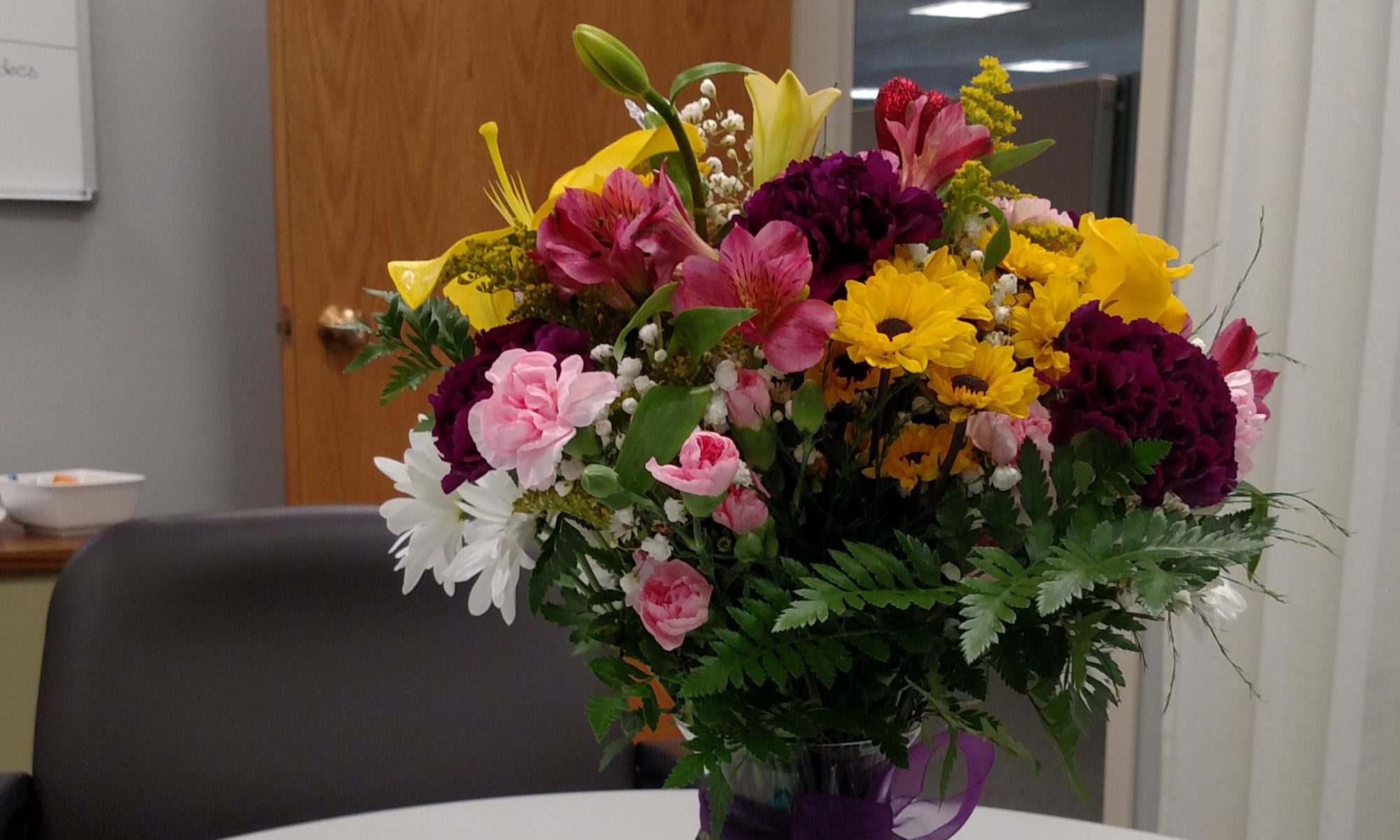
Who’s your best friend? Go ahead, answer that question. I’ll wait. And yes, you can have more than one. Ok, got your answer? Did you say your spouse? A childhood friend? I’ll tell you what you probably didn’t say – you didn’t say – me.
Don’t be a wise guy. I mean you, not me. Hopefully, I’m your life coach – which is a totally different thing. Basically, I’m asking if you are your own best friend. Anyone who said yes? High five, Dude.
If you want to shut down anxiety and start feeling better at work… Dudette, call me. Let’s talk about how coaching can get you mad skillz so you can show up relaxed and confident at work. Click here. We got this.
Here’s the deal. At some point, we all do something at work that is authentically ourselves. We speak out at a meeting. We vote “no confidence” during sprint planning. We buy clown shoes as a gag. We go a little Jerry McGuire, and then? We feel embarrassed. We fret over what we said, we change our vote, we go home at lunch and get our loafers. We shred our manifesto.
This is a deep-rooted survival pattern – the need for acceptance kept us aligned with the tribe. In turn, the tribe kept us safe.
When we do this at work, we train ourselves to be quiet in meetings, vote differently than we believe, stop sharing our love of slapstick and trade in our passion for cynicism. That’s painful for us and bad news for the companies we work for.
Nothing drives innovation like unique interests and points of view colliding with a problem.
Whoa. What’s all this got to do with being your own best friend?
Ready?
To show up as yourself, you need to be comfortable with who you are. Your best friend knows that you wore your shirt inside out to work last week. They like you anyway. You never get that line from Seinfeld right, but your BFF laughs anyway. They know what you mean. Your intentions are clear even when you act like an idiot. They wait for you when you’re late and pay the bill when you forget your purse. You’re not perfect and your BFF doesn’t give a fig. And that? Lets you stop worrying about fitting in and start being you.
To be your own best friend requires courage. You have to accept that you’re human, you’ll fail and you’ll win and you have to like yourself either way. You have to treat yourself with compassion.
If you are your own best friend, when you’re the only one at the planning meeting holding up a confidence level of one, you don’t change your vote. Instead, you explain to the group why you think that. You wear your damn clown shoes until someone laughs and you make their day. More importantly, you continue to speak up in meetings even if you were flat-out foolish in the last one.
I’m not saying don’t learn from mistakes. Dude, that’s just silly. I’m saying don’t let mistakes make you their errand boy. I’m not advocating for being disruptive and throwing manners out the window, either. You, waiting your turn, aiming for brevity and being polite is still you. There’s plenty of room within civility for speaking your truth.
Accepting what is unique about yourself, appreciating your great points and not shutting yourself down is being authentic.
If you punish yourself every time you get outside the tribal norm, you will never want to bring yourself to work.
To stop punishing yourself, act like your own best friend.
Every company on the planet has to innovate faster and more effectively every day. Every person on the planet has a unique voice. Every problem on the planet has a solution.
Show up as yourself and get to work. The world needs us all.














